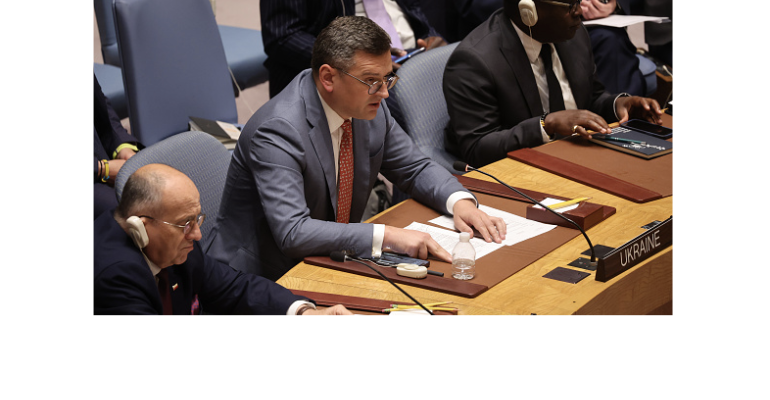Underscoring the importance of simultaneous translation to medical meetings and congresses, Array, an iPad-based content-engagement platform for life-science events, has integrated interpretation services into its live-meetings product.
The application allows audiences to take in presentations, ask questions, participate in discussions, and respond to polling in their native language via headphones. Remote live interpreters are connected to an audio stream that’s broadcast to the iPads with a delay of less than one second, according to Array.
“Enabling attendees to hear presentations in their native language improves their ability to use engagement tools, which improves knowledge transfer,” says Debbie Liberio, Array’s head of business development. During life-science meetings, Array collects engagement data at the individual level and slide level for analysis.
As for the tech-based interpretation-services firms themselves, two of the largest have upgraded their offerings in recent months. First, Interprefy unveiled in April its first speech-translation product conducted by A.I. rather than people; it can translate live speech from 45 languages including regional dialects into A.I.-generated audio and captions in 74 languages.
This was followed in August by an enhancement that allows near-instant translation even if a session’s presenters are speaking in different languages, or if attendees ask questions in their own language. Before this, A.I.-powered translation systems could translate only from one spoken language, known as a “floor language,” into other languages, which made it unsuitable for multilingual conferences, training, and panels with diverse speakers. Interprefy’s latest A.I.-product version, though, can now identify a speaker’s language after processing the first several words, then translate it to other languages.
The other interpretation company with product-upgrade news is Wordly. Its product is now capable of streaming captions in more than one language onto video screens as well as attendees’ mobile devices. “Many attendees prefer to read captions versus listening to audio,” according to a Wordly press release. If, for example, “the presenter is speaking Spanish but many in the audience are native French speakers, the event host can display both Spanish and French captions live on the event stage” and on mobile devices.





